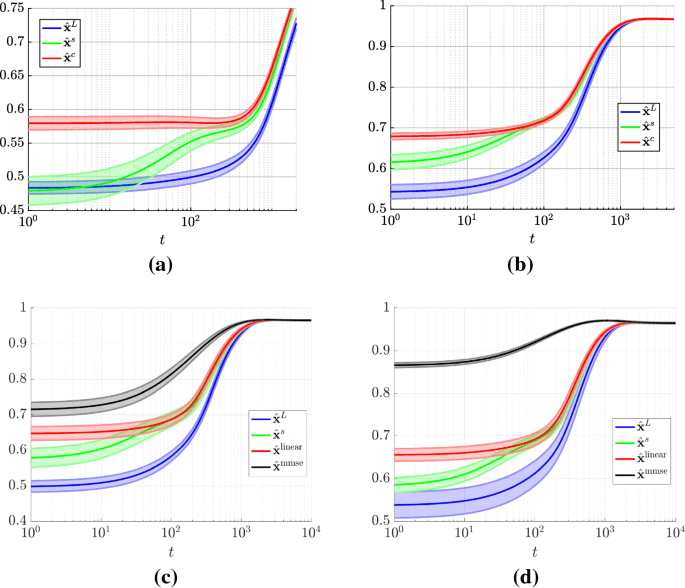Understanding Generalized Linear Models (GLMs)
Aug 17, 2024

Generalized Linear Models (GLMs) are a powerful class of statistical models that extend traditional linear regression to accommodate a wider range of response variable distributions. This flexibility makes GLMs particularly useful in various fields, including economics, biology, and social sciences. In this blog post, we will explore the fundamentals of GLMs, their components, applications, and how to implement them using R.
What is a Generalized Linear Model?
A generalized linear model is an extension of the general linear model that allows for response variables that have error distribution models other than a normal distribution. The GLM framework consists of three main components:
Random Component: This specifies the probability distribution of the response variable (Y). Common distributions include:
Normal
Binomial
Poisson
Systematic Component: This is a linear predictor, which is a linear combination of the explanatory variables. It can be expressed mathematically as:
ηi=α+β1Xi1+β2Xi2+…+βkXik
where ηiηi is the linear predictor, αα is the intercept, and ββs are the coefficients for the predictor variables.
Link Function: This function connects the random and systematic components. It transforms the expected value of the response variable (E(Y)) to the linear predictor. For instance, in logistic regression, the logit function is used:
g(μi)=log(μi1−μi)
Key Features of Generalized Linear Models
Flexibility: GLMs can model various types of data, including binary outcomes (logistic regression), count data (Poisson regression), and continuous data with non-normal distributions.
Interpretability: The coefficients in a GLM can be interpreted similarly to those in linear regression, allowing for clear insights into the relationship between predictors and the response variable.
Robustness: GLMs can handle non-normal distributions and are less sensitive to outliers compared to traditional linear regression.
Common Types of Generalized Linear Models
Logistic Regression: Used for binary outcomes. The response variable follows a binomial distribution, and the link function is the logit function.
Poisson Regression: Suitable for count data where the response variable follows a Poisson distribution. The link function is the log function.
Quasi-Poisson Regression: An extension of Poisson regression that accounts for overdispersion in count data.
Negative Binomial Regression: Another alternative for over dispersed count data that is not well modeled by Poisson regression.
Applications of Generalized Linear Models
GLMs are widely used across various disciplines:
Healthcare: Modeling patient outcomes based on treatment and demographic variables.
Economics: Analyzing consumer behavior and market trends.
Ecology: Understanding species distribution and abundance.
Implementing Generalized Linear Models in R
To implement GLMs in R, you can use theglm()function, which is part of the base R package. Here's a step-by-step guide to fitting a GLM:
Prepare Your Data: Ensure your data is clean and structured appropriately for analysis.
Load Necessary Libraries:
Fit a GLM: Use the glm() function to fit your model.
Check Model Summary: Review the model's summary to understand the coefficients and overall fit.
Make Predictions: Use the model to make predictions on new data.
Conclusion
Generalized Linear Models provide a versatile framework for analyzing various types of data. By understanding their components and applications, researchers can leverage GLMs to derive meaningful insights from their data. Whether you are dealing with binary outcomes, count data, or continuous variables, GLMs offer the flexibility and robustness needed for effective statistical modeling.
As you continue to explore GLMs, consider experimenting with different types of link functions and distributions to see how they impact your model's performance. With practice, you will become proficient in using GLMs to analyze complex datasets and draw valuable conclusions.